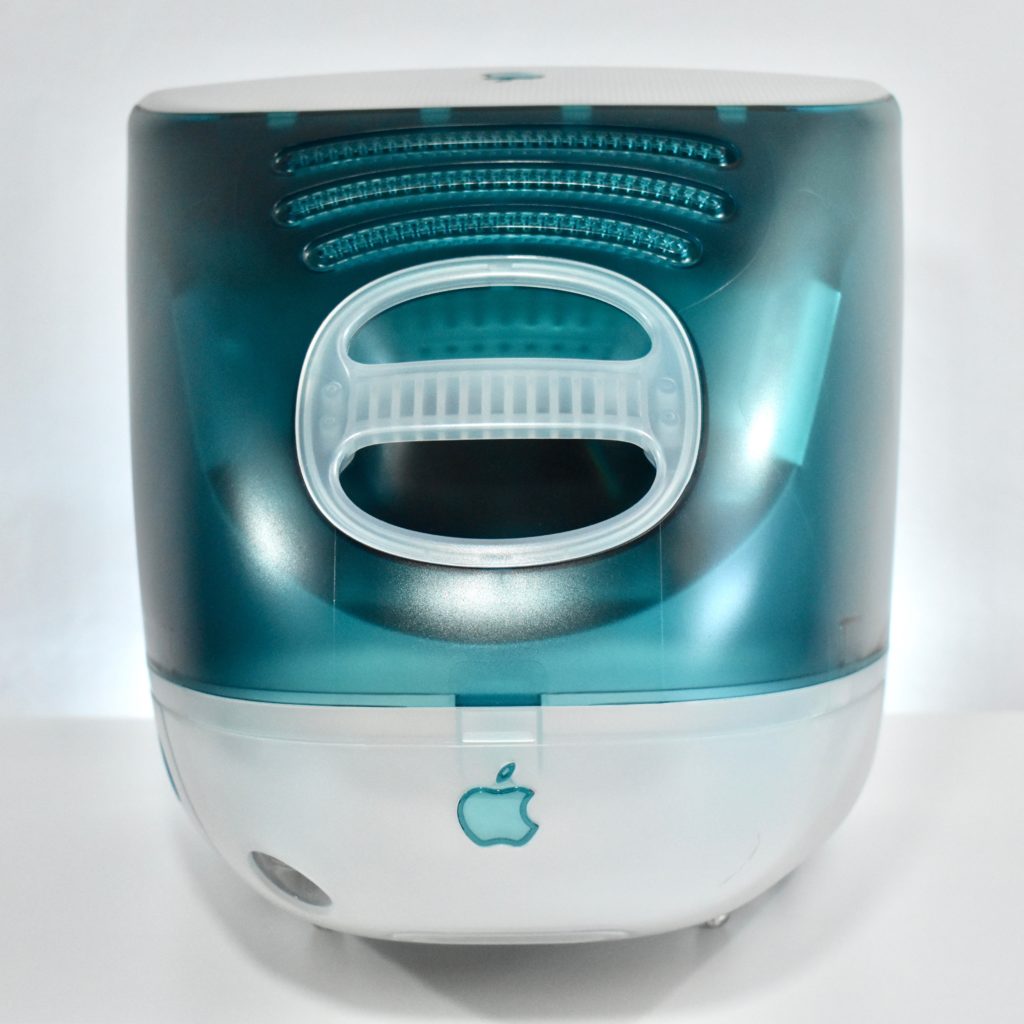This “Create. Share. Inspire.” schedule was distributed at the National Educational Computing Conference (NECC) in Atlanta that was held in June 2007. This organization and conference are still held annually, but the conference changed its name around 2010 to the International Society for Technology in Education (ISTE) Conference.
This trifold brochure measures 4.25 x 6 inches with the message:
Welcome.
Inside the Apple booth, you’ll find innovative tools, students can use to express their creativity. You’ll see the latest technologies for sharing content. And you’ll discover powerful ways to inspire students. Join us each day in the Apple booth for hands-on sessions where you’ll learn how to engage students, raise achievement, and manage your digital classroom.
Fully unfolded, six hands-on workshop sessions are described. Session titles include:
Let’s Go Global—Using iLife and iWork in Project-Based Learning
Meeting Diverse Learner Needs—Built-in Tools on a Mac
Publishing Student Voices—Podcasting in the Classroom
Managing the Digital Classroom—Tips and Tools for Teachers
Creative Expression—Expanding Reading and Writing in the Digital Classroom
What’s Hot at Apple?—Bringing Innovation to Learning
I attended this NECC conference.
Source: eSchool News


















